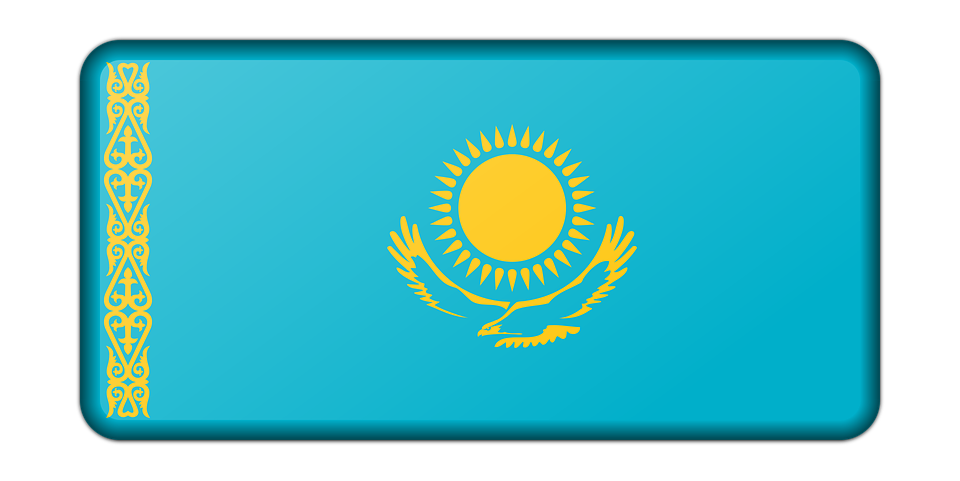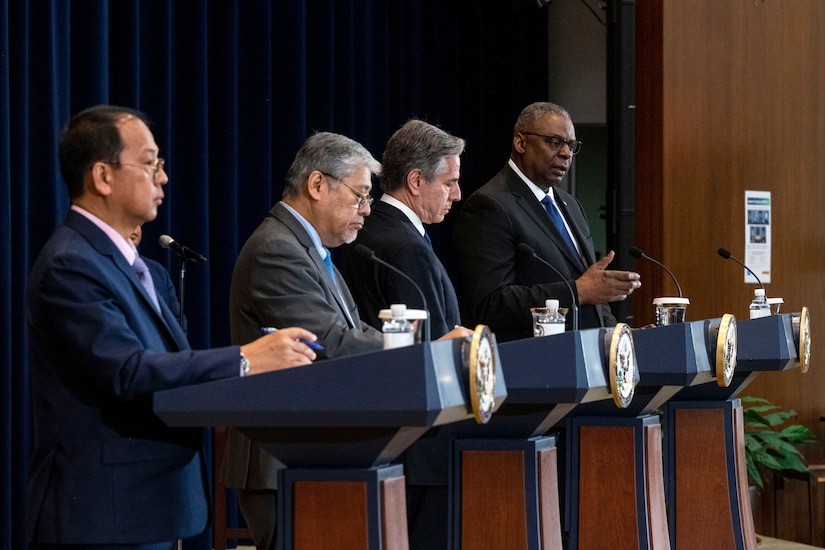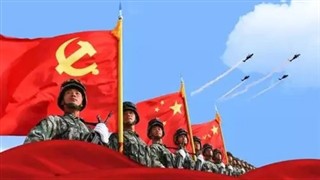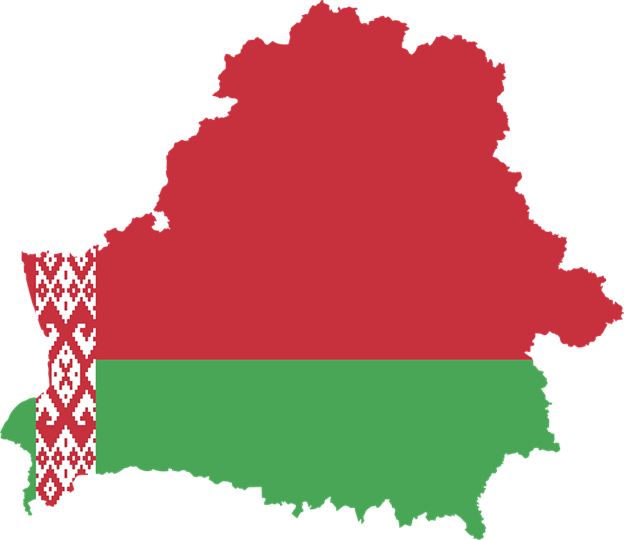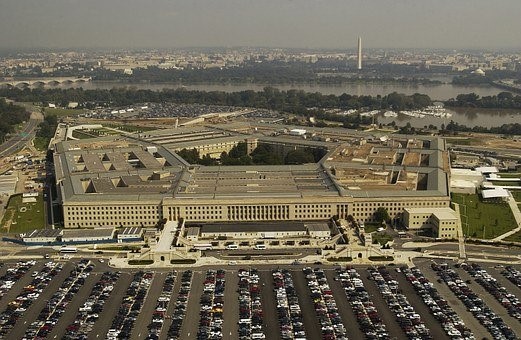Don’t turn around, look, look,
the Kommissar is out and about!
He’ll keep his eye on you
and you know why.
Der Kommissar, Falco, 1982
Since its inception, the Biden Administration has issued a series of Executive Orders, all intended to foster “Equity, Diversity and Inclusion” across the federal government. On the date of his Inauguration, Biden issued an Executive Order on “Advancing Racial Equity and Support for Underserved Communities Through the Federal Government,” which declared that “the policy of my Administration (is to) pursue a comprehensive approach to advancing equity for all…(a)ffirmatively advancing equity…is the responsibility of the whole of our Government.”
Then,on June 25, 2021, Biden issued a further Executive Order, this time on “Diversity, Equity, Inclusion, and Accessibility in the Federal Workforce.“This order requires “a coordinated Government-wide initiative to promote diversity and inclusion in the Federal workforce, expand its scope to specifically include equity and accessibility, and…develop and issue a Government-wide Diversity, Equity, Inclusion, and Accessibility Strategic Plan.”
On February 16, 2023, Biden added yet another Executive Order – this time, on “Further Advancing Racial Equity and Support for Underserved Communities Through The Federal Government.” According to this order, it “continues to be the policy of my Administration to advance an ambitious, whole-of-government approach to racial equity…and to continuously embed equity into all aspects of Federal decision-making.”
This order establishes “Agency Equity Teams” across a number of federal agencies, including State, Treasury, Defense, and Justice, “to coordinate the implementation of equity initiatives and ensure that their respective agencies are delivering equitable outcomes for the American people.”
“Each Agency Equity Team shall be led by a designated senior official…charged with implementing my Administration’s equity initiatives…(t)he senior designee at each agency shall be responsible for delivering equitable outcomes…(e)ach Agency Equity Team shall support continued equity training and equity leadership development for staff across all levels of the agency’s workforce.”
The Department of Defense wasted no time in falling into step with the Biden Administration’s efforts to implement “equity initiatives.” According to its website, the “Office for Diversity, Equity, and Inclusion (ODEI) is an organization aligned under the Office of the Under Secretary of Defense (Personnel and Readiness) that develops and executes diversity management and equal opportunity policies and programs affecting active duty and reserve component military personnel, and DOD civilian employees.”
The website details a number of personnel responsible for the implementation of these principles. There is Cyrus Salazar, the Director of the ODEI, who “serves as the Department’s Chief Diversity Officer and the principal staff advisor to the Executive Director, Force Resiliency, on matters pertaining to oversight responsibility for the direction and enforcement of all…policies affecting civilian and military personnel worldwide.” Then there is Norvel “Rock” Dillard, who “serves as the Director, Diversity and Inclusion (D&I) Management at the Office for Diversity, Equity, and Inclusion (ODEI).” He is tasked with providing “advice and guidance to DoD leadership at the highest levels…concerning all diversity and inclusion management and compliance issues.”
There is also Colonel Mary L. Martin, the Commandant of the Defense Equal Opportunity Management Institute. Originally known as the Defense Race Relations Institute, the DEOMI hosts “education and training programs in human relations, equal opportunity, equal employment opportunity, and diversity… to provide Service members in command or leadership positions with some level of equal opportunity and human relations awareness training…(t)hat mandate has been carried to the Services by over 50,000 DEOMI graduates.”
One course available is the Equal Opportunity Advisors Course (EOAC). According to the course offering, “(w)hen students graduate from this course, they will be prepared to serve as advisors to Commanders on Military Equal Opportunity (MEO) matters.” What would be the skills they learn in this class? “Possess conscious knowledge of one’s character, feelings, motives, and desires (self awareness)…Recall the DoD policy on extremism (dissident and protest activities); understand the impacts of extremism; and recognize how extremist ideology and groups are cultivated…(and) Prepare correspondence and recommend changes in policies and practices to eliminate barriers to diversity and EO matters,” among other skills.
There is also a “Special Emphasis Program Managers Course (SEPMC).” This class allows “graduates to serve as effective…Special Emphasis Program Managers (Federal Women’s, Black Employment, Hispanic Employment, Native Hawaiian or Other Pacific Islander Employment, Asian Employment, American Indian/Alaska Native Employment, and Program for People with Disabilities)…(t)raining introduces the causes and effects of discrimination…and managing diversity issues.” In this class, the student learns to “(c)omprehend how cultural awareness can impact mission effectiveness…(c)omprehend how socialization can impact human relations…(and) Know the basics of power, prejudice, and discrimination and their relationship,” among a variety of other skills.
These are only two of the courses offered by the Defense Equal Opportunity Management Institute, courses which have been completed by at least 50,000 service members spread across all branches of the military. These “Equal Opportunity Advisors” and “Special Emphasis Program Managers” serve as advisors to various active duty military commanders, and manage various programs designed to increase “Equity, Diversion and Inclusion” in the Marines, Navy, Army, Air and Space Forces.
Does this vast bureaucracy intertwined into our military remind you of anything?
“Political control of the military forces challenges all states, democratic, authoritarian, or totalitarian, to balance the need for an effective military against allowing the military to grow into a threat to the internal political order…(while) the military establishment of the USSR resembled in its organization and functions a typical army not unlike the militaries of other nations, the Soviet armed forces possessed a dual military-political command and control system unique to the Communist totalitarian state…in accord with its Marxist-Leninist principles and its Communist Party control of society. The Party’s preeminence in all public and private affairs had to be maintained in the military as it did in the Soviet society at large…the Party (also) needed to use the military as an agent of social control and change internally, as well as the primary means of external power projection in the competition of states.”
To this end, “what was the Soviet solution for ensuring total dominance of the military by the Party? The creation of a dual chain of military and political command throughout the armed forces, paralleling the military hierarchy from battalion to the Ministry of Defense, was established by appointing a political ‘deputy’ commander for each military commander. These ‘commissars,’ as they were first called, exercised specific official and unofficial control functions over their military command counterparts. The political officers also served to further Party interests with the masses of drafted soldiery of the USSR by indoctrination in Marxist-Leninism…(w)hile the zampolit wore the same uniform as other Soviet officers, he was not on the same career path as a regular officer. Devoted Communists selected for special schools and training entered the army..(t)he statute on commissars opened with this passage: ‘The military commissar is the immediate political representative of Soviet authority in the Armed Forces. The post of military commissar is of paramount importance, and is open only to revolutionaries who are above reproach and can be counted on to remain the incarnation of revolutionary duty even in the most trying circumstances.’
“Service as a political officer was on the resume of most of the high Soviet leadership. Stalin, Khrushchev, Brezhnev, and others served as political officers at various points in their careers….Political supervision is the primary reason for the existence of and the first duty of the zampolit. He attested once a year to the political maturity and reliability of all the officers in the unit…Note that he attested to the political suitability of his commander for future promotion and advancement! He ensured the orders of the commander are in line with Party policy and doctrine, and he put the weight of Party authority behind the approved actions of the commander. This situation gave the zampolit tremendous informal power in the parallel Party control system of the armed forces…Indoctrination of the unit’s personnel was the second priority of the zampolit. The enlisted personnel endured lengthy and stupefying lectures on the Party, its goals, accomplishments, and plans for the future. Officers and sergeants were expected to study and learn the tenets of Marxist-Leninism in study groups overseen by the political officer. The Party thus used the military as an engine of social change and control in that the draftee enlisted men of the Soviet army were captive to relentless political education while the long service officers and sergeants were thoroughly indoctrinated into the Party concepts.”
Could the parallel be more clear? Much like the Commissars of the Soviet military, the “Equal Opportunity Advisors” are responsible for the indoctrination of both their Commanders and the rank and file to the principles of “Equity, Inclusion and Diversity.” These “Advisors,” and “Managers,” spread throughout every branch of our Armed Services, have been trained to “comprehend how cultural awareness can impact mission effectiveness,” and “recommend changes in policies and practices to eliminate barriers to diversity.”
Imagine the Commander who resists the advice of their “Equal Opportunity Advisor.” Would that Commander be eligible for “future promotion and advancement?” Consider also the efforts made to educate those entering into the Armed Forces in the doctrine of Equity. Is this not reminiscent of the “relentless political education” described above?
As is also described above, Biden’s February Executive Order seeks to “continuously embed equity into all aspects of Federal decision-making” by the establishment of “Agency Equity Teams” to “coordinate the implementation of equity initiatives and ensure that their respective agencies are delivering equitable outcomes for the American people.” These teams have been placed in a number of federal agencies, including State, Treasury, Justice – and Defense. They are “led by a designated senior official…charged with implementing (the Biden) Administration’s equity initiatives…(t)he senior designee at each agency shall be responsible for delivering equitable outcomes…(e)ach Agency Equity Team shall support continued equity training and equity leadership development for staff across all levels of the agency’s workforce.”
Clearly, Joe Biden has accomplished through Executive Order what no American believed could be possible – he has established political officers in the US military, each trained to insure orthodox adherence to the goal of “Equity.”
Now the nursery rhyme:
“Don’t turn around, look, look,
the Kommissar is out and about!
He has the power and we’re little and dumb;
this frustration makes us mum.”
Judge John Wilson (ret.) served on the bench in NYC.
